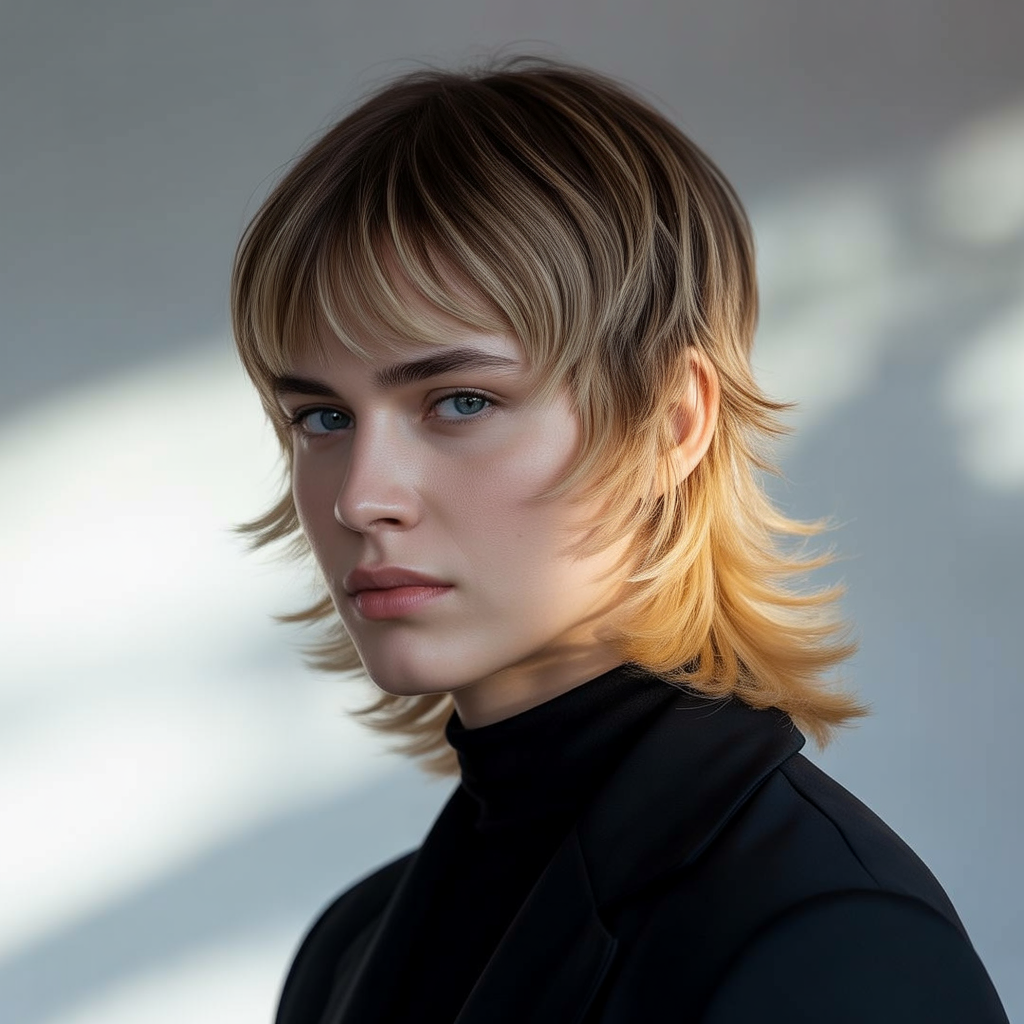Best Soft Mullet Haircuts for Every Hair Type
A soft mullet blends modern softness with the mullet’s edge. It keeps the length at the back but removes harsh lines and extreme contrast. The result is wearable, versatile, and low-drama — ideal if you want something current without committing to a bold statement.
Soft mullet ideas

Below are 14 practical, salon-ready soft mullet variations. Short descriptions explain who each suits and how it’s styled.
Textured fringe mullet

Shorter at the crown, longer at the nape, with a soft, choppy fringe. Works for medium to thick hair. Use a lightweight paste to separate pieces and keep movement without stiffness.
Shaggy soft mullet
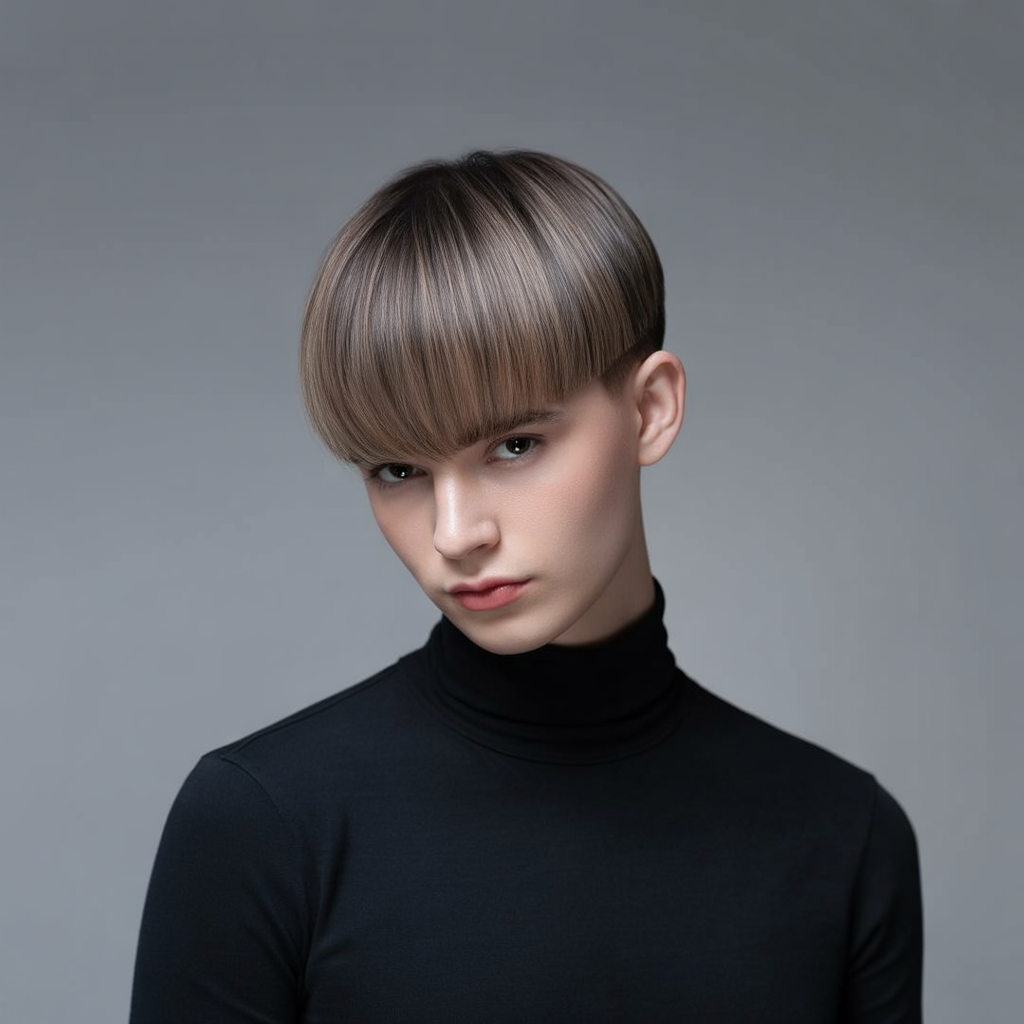
Layered through the mid-lengths with feathered ends. Good for fine hair because layers create volume. Scrunch with a sea-salt spray for casual texture.
Tapered sides mullet
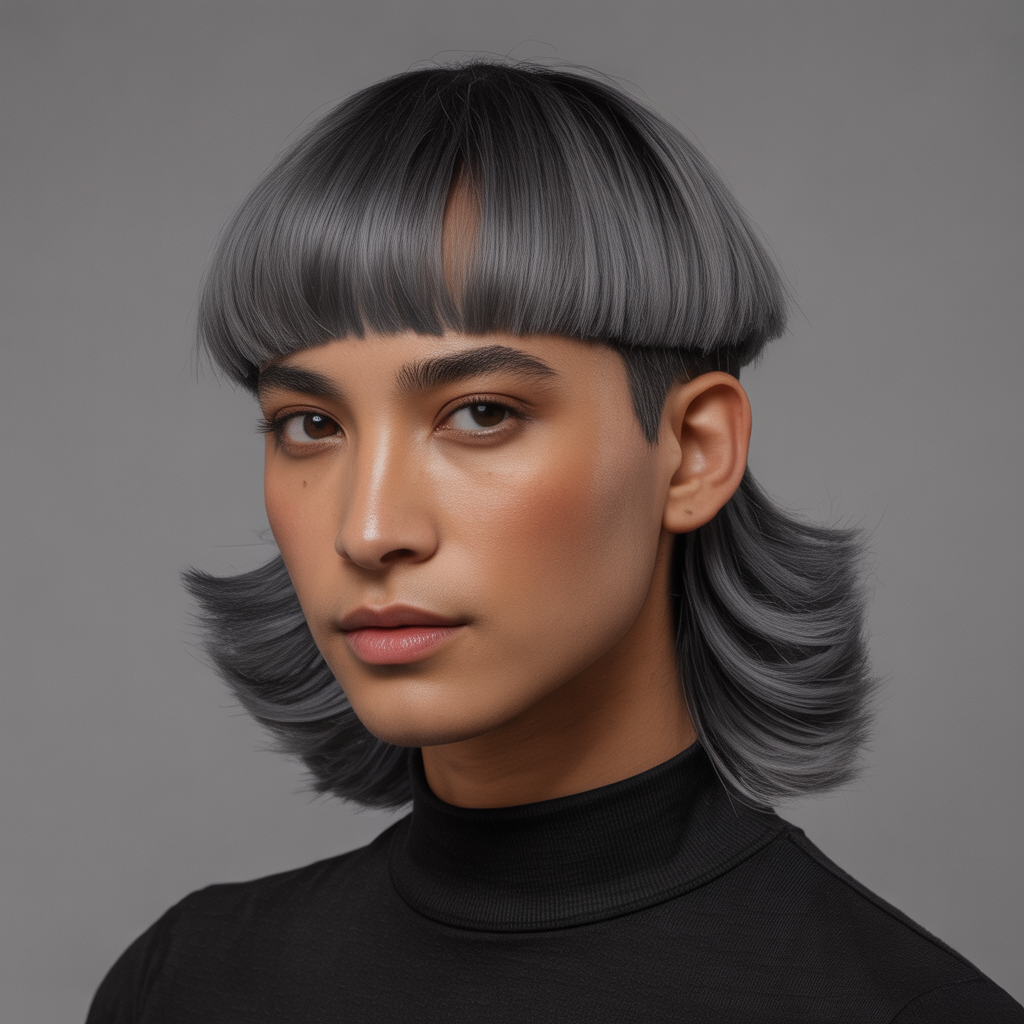
Sides are tapered close to the head with a softer back. A neat option for conservative workplaces that still want a current cut. Finish with a creamy styler for shine.
Curly soft mullet
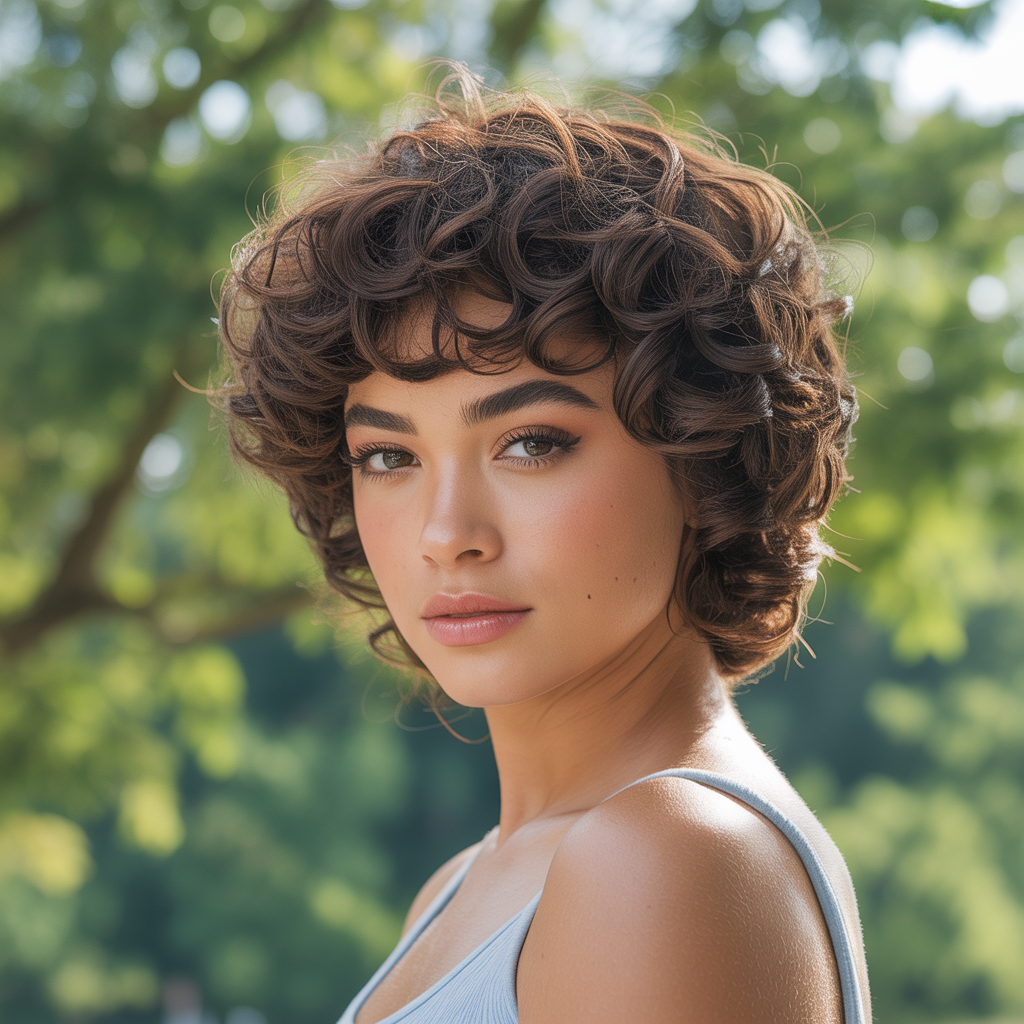
Keeps natural curl pattern intact with longer length at the back. Ask the stylist to cut curls dry to see true shape. Use leave-in conditioner to define and reduce frizz.
Long-top soft mullet
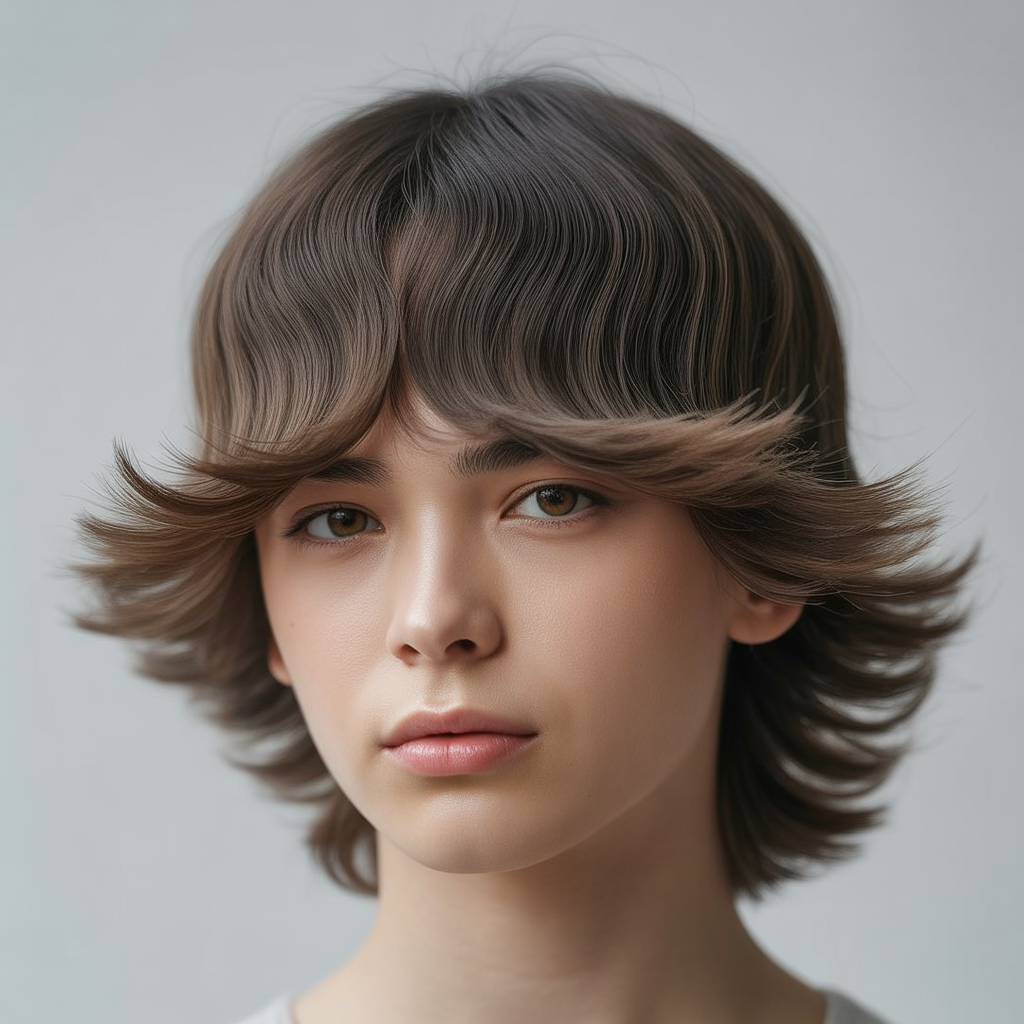
Top length is left longer and blended into the back. Offers styling options — slick back, side part, or loose waves. Good for thicker hair types.
Blunt-ends soft mullet
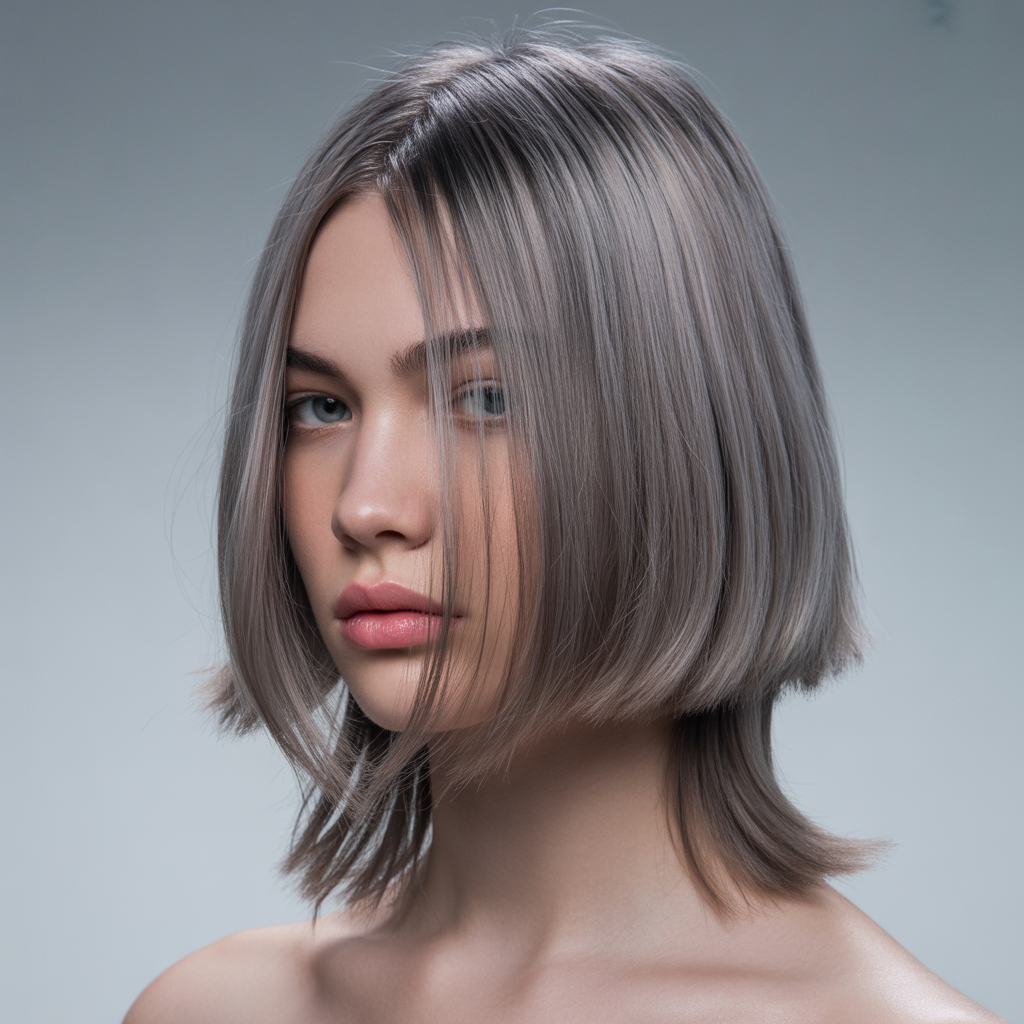
Ends are blunt but layered subtly above for movement. Creates a modern silhouette without too much wispy texture. Needs occasional trims to maintain shape.
Undercut soft mullet
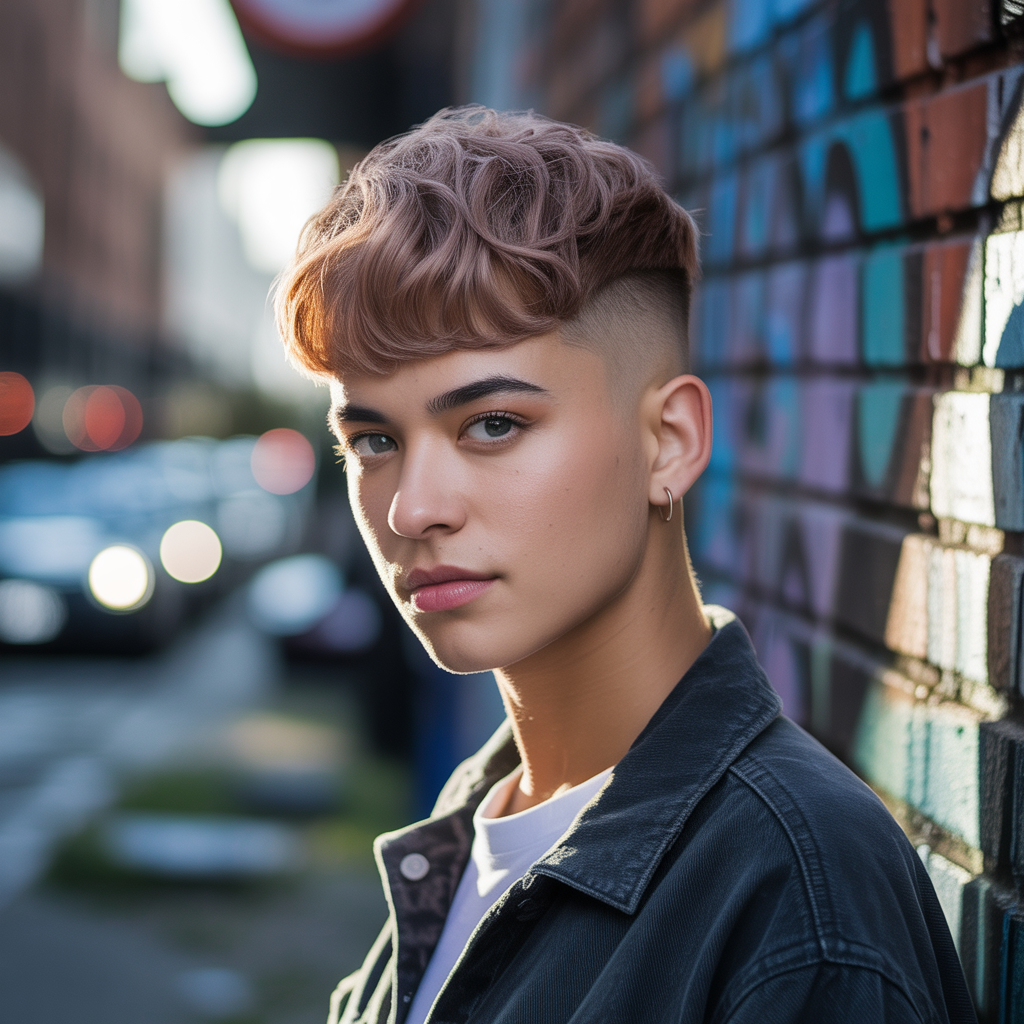
Undercut on the sides for contrast but with a soft transition to the back. Stylish yet manageable — pair with matte clay for separation on top.
Soft mullet with curtain bangs
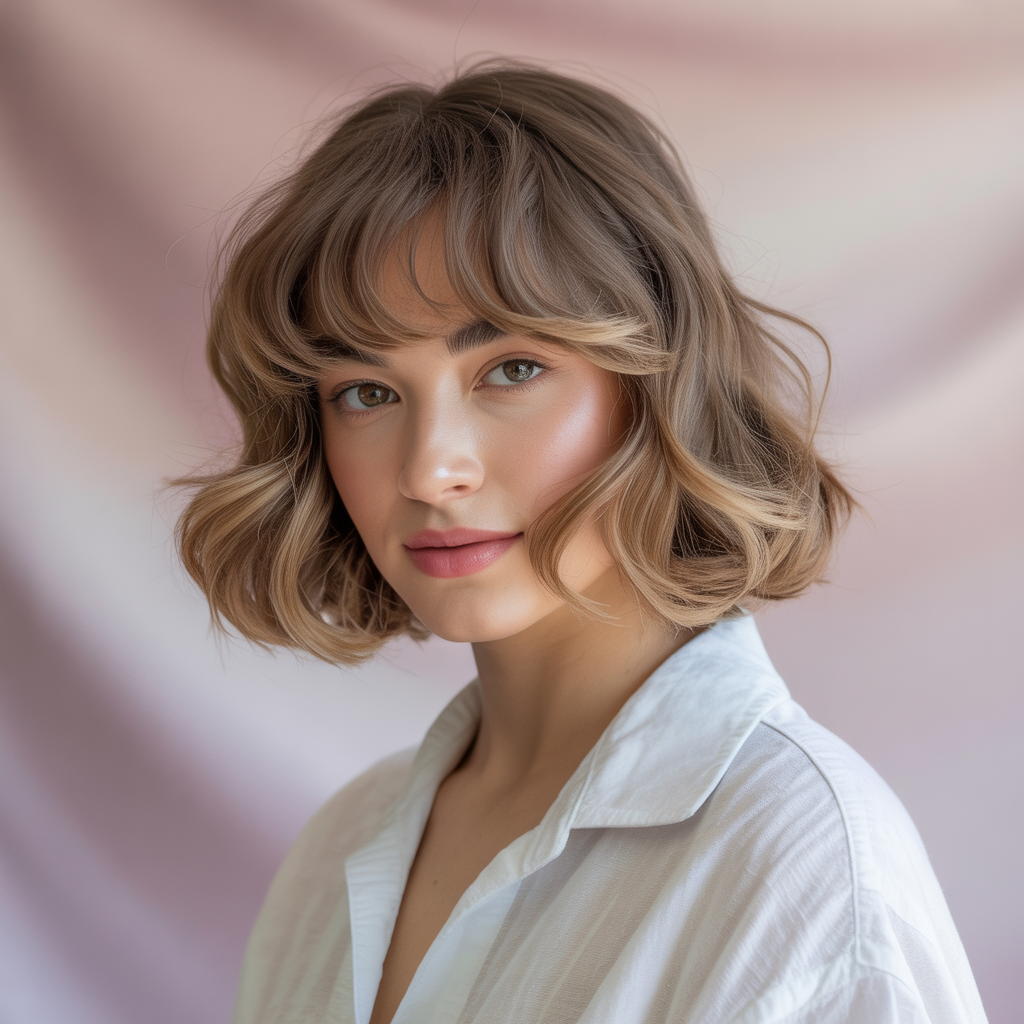
Curtain bangs frame the face, connecting the front to the back. Suits oval and heart-shaped faces. Blow-dry bangs with a round brush to keep them soft.
Layered soft mullet for fine hair

Many short, subtle layers add body without weight. Ideal if you want the mullet look but need lift at the roots. Use volumizing mousse at the roots only.
Sleek soft mullet
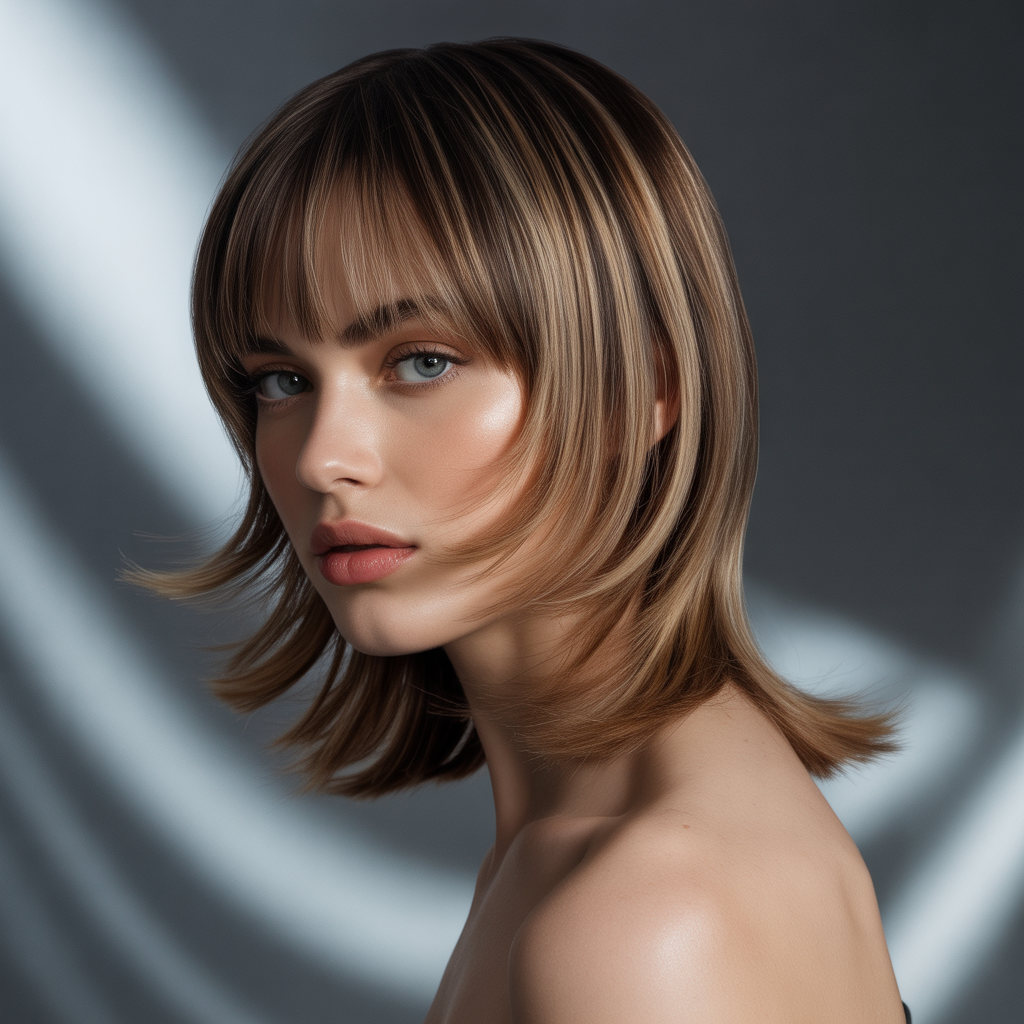
Smooth, straight finish with minimal texture. Works well with medium to long top lengths. Use a heat protectant and a light serum for a polished result.
Retro-inspired soft mullet

Soft nod to the 70s with gradual layering and feathered sides. Looks best on medium-length hair; use a bit of pomade for definition and a vintage feel.
Messy bedhead soft mullet

Deliberately undone with uneven texture and broken waves. Low maintenance: finger-style with texturizing spray and let it air-dry or use a diffuser.
Soft mullet with highlights
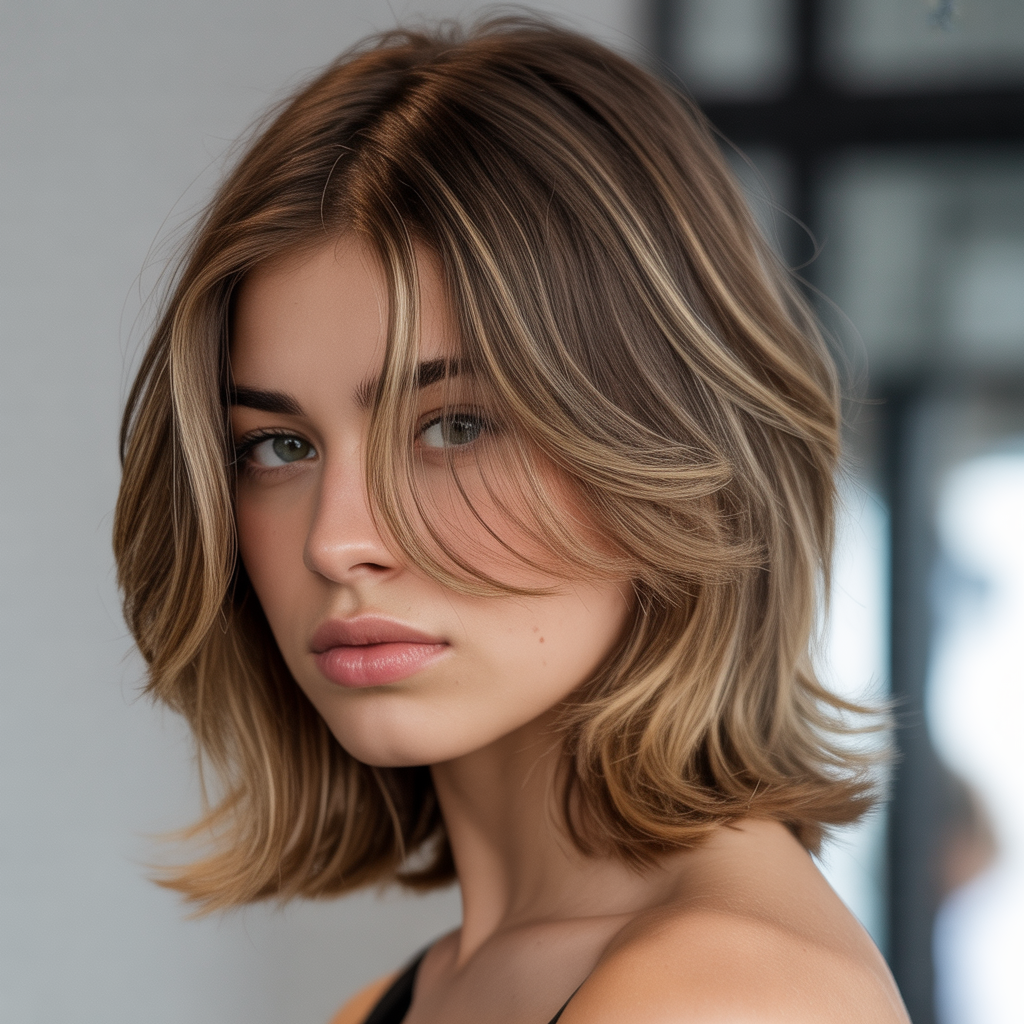
Color helps separate layers and adds depth. Subtle balayage or face-framing highlights bring life to the shape without overwhelming it.
Short soft mullet for men

A short, soft mullet keeps the back defined but removes dramatic length. Easy to style with a matte paste and a quick blow-dry. Works well with natural texture.
Styling pointers
- Cut for your hair type. Ask the stylist to tailor layer depth to thickness.
- Use lightweight products. Heavy products flatten the soft shape.
- Dry properly. Blow-drying with your head down or using a diffuser preserves volume.
- Learn one go-to finish: matte for casual, light serum for polished.
- Show reference photos. “Soft” means different things; visuals cut confusion.
Basic maintenance
- Trim every 6–10 weeks to keep the back tidy and the shape intentional.
- Use a sulfate-free shampoo if you color or highlight.
- Deep condition once a week for texture and shine.
- For curls, sleep with a loose pineapple or silk scarf to reduce frizz.
- When in doubt, refresh with water and a small amount of product — over-styling ruins the soft look.
Frequently asked questions
Will a soft mullet suit my face shape?
Yes. The soft mullet is adaptable. Long tops and curtain bangs suit round faces; shorter, textured tops balance longer faces. Tell your stylist your face shape and bring photos.
How long does it take to style daily?
Most soft mullets take five to fifteen minutes: towel-dry, apply product, and rough-dry or air-dry. More polished variants may need a round-brush blowout.
Can I grow a soft mullet out into another style?
Yes. Because the layers are gradual, you can transition to a shag, layered bob, or medium-length cut without obvious awkward stages. Regular trims help manage the grow-out.
Is it high maintenance for colored hair?
No — not inherently. If you add highlights or vivid color, maintenance depends on the color. Natural tones require less frequent touch-ups than bright colors.
Will a soft mullet look good on thinning hair?
If thinning is at the crown, ask for shorter layers on top to create lift and slightly longer sides to frame. A soft mullet with textured layers can disguise thinning better than blunt long hair.
Conclusions
The soft mullet is a modern, flexible cut that keeps the mullet’s spirit but dials down extremes. It fits a range of hair types and lifestyles because the core idea — soft transitions and manageable length — is easy to adapt.
Choose a variant that matches your daily routine and styling comfort. Be realistic about texture and time you’ll spend on upkeep. Communicate clearly with the stylist and bring photos that match the level of softness you want.
Final Thoughts
If you want a current look that’s not loud, try a soft mullet. It’s practical, contemporary, and forgiving. Keep it simple: the cut should work for you, not demand constant attention.

